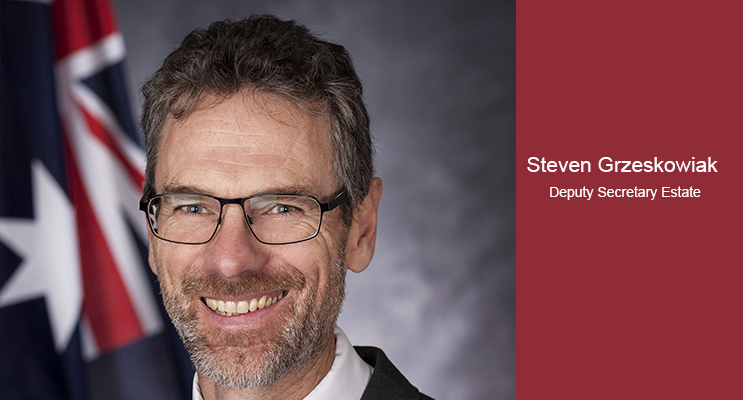
FOLLOWING the release of the Williamtown Human Health Risk Assessment last week, members of the community were given the opportunity to hear the report’s key findings on Tuesday night and ask questions of experts at a community walk-in session yesterday. Members of the local media were also invited to attend a question and answer session today with Defence officials and experts from AECOM.
The report, which was carried out by independent international environmental experts AECOM, with the full visibility of the NSW Environmental Protection Authority (EPA) and its expert panel, looked at a range of potential exposure pathways and determined their potential risk to the local community.
This report was reviewed and agreed to by an NSW EPA accredited contaminated site auditor.
The phrase ‘low and acceptable’ which appears throughout the AECOM report is standard terminology used in Australian human health risk assessments completed in accordance with the National Environment Protection Measures.
This phrase refers to circumstances where the level of risk is calculated to be below the threshold where potential health impacts may occur.
AECOM’s environmental experts found that the risk for residents in the broader investigation area from everyday exposure including from inhalation of dust from soil irrigated with groundwater, incidental ingestion and contact with surface water and groundwater and incidental ingestion and contact with soil and sediment in outdoor activities was ‘low and acceptable’.
AECOM’s report also assessed that there was a ‘low and acceptable’ risk to consuming seafood caught locally, even for those who may be consuming it in high quantities, and locally grown fruit, vegetables and beef.
The AECOM report recommends that groundwater and eggs from backyard chickens that drink PFAS affected water should not be consumed.

Defence continues to supply alternative sources of drinking water to properties in the investigation area and is finalising arrangements to provide Hunter Water with $3.5 million funding to connect affected properties to town water.
The AECOM report also identified a small sub-section of the investigation area (approximately 1 square kilometre in area) immediately south of the Base which is characterised by higher PFAS concentrations in soil and groundwater than the broader investigation area.
Defence will be carrying out further investigations in this ‘Southern Area’ including additional sampling of livestock, eggs, fruit and vegetables, groundwater and surface water.
The AECOM report recommends that residents in the ‘Southern Area’ not shower, bathe or fill pools with groundwater or consume milk from dairy cows exposed to surface water or groundwater or eat beef grown within the area.
Stopping contaminants leaving the base is a key priority for Defence and trials on a number of remediation and management techniques are underway to progress this.
A water treatment plant that will treat contaminated water leaving Lake Cochran will be operational from next month. Defence is also conducting a study of the drainage in the area.
Defence also acknowledges that further investigations will need to be undertaken, including ongoing monitoring. Defence will carry out this work in close consultation and cooperation with the NSW EPA.
Defence will regularly review the Human Health Risk Assessment in light of any new information, including the review of enHealth guidelines currently being undertaken by Adjunct Professor Andrew Bartholomaeus due at the end of the month.
Copies of the report are available for review at the Defence PFAS website: http://www.defence.gov.au/id/PFOSPFOA/Default.asp
